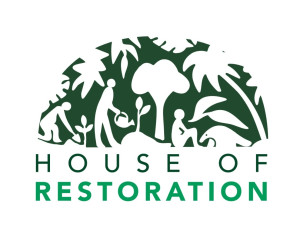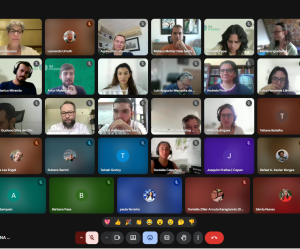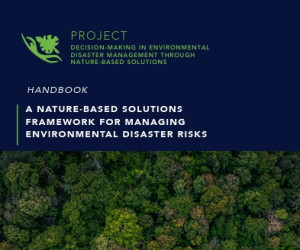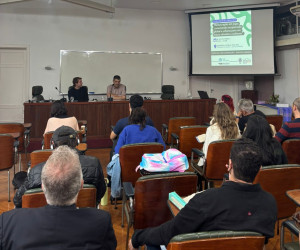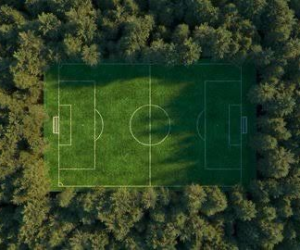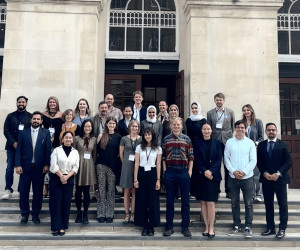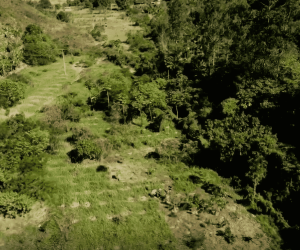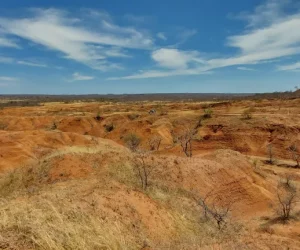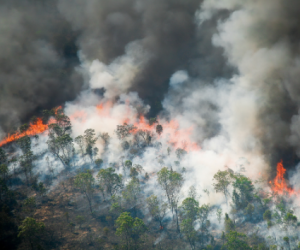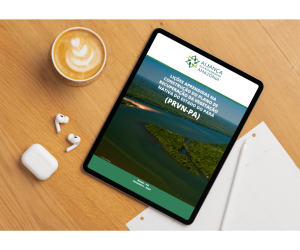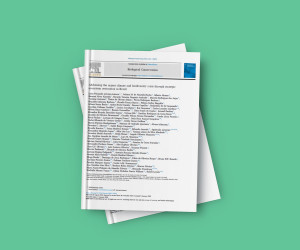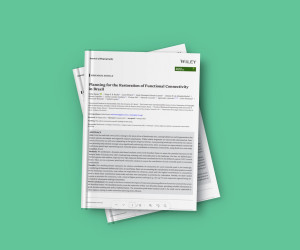Publications > Blog
Ecological Restoration: recovering degraded ecosystems could benefit more than 11,000 species
Luisa Liévano
Have you ever heard of ecological restoration? This practice consists of recovering already degraded areas so that they can once again play their role in maintaining biodiversity and climate balance. It is so significant today that the UN has declared 2021–2030 the “Decade on Ecosystem Restoration”. Among the global targets is the recovery of 30% of the planet’s degraded areas by 2030.
Brazil is a key player in this process. The country holds one of the world’s greatest natural riches and, at the same time, has over 60 million hectares of degraded land that could be restored. To contribute to the global agreement, Brazil has committed to restoring 12 million hectares by 2030, a target established in the National Plan for the Recovery of Native Vegetation (PLANAVEG).
To help address this challenge, we prepared the study “Addressing the urgent climate and biodiversity crisis through strategic ecosystem restoration in Brazil”, recently published in the journal Biological Conservation, which demonstrates the transformative potential of restoration in Brazil.
Restoring 30% of degraded areas across all Brazilian biomes could benefit more than 11,000 native species. This is because ecological restoration allows degraded ecosystems, once recovered, to expand and connect with other natural areas, enabling species movement and survival. The study shows that this expansion could reach 60%.
Our study was also pioneering in analysing all Brazilian biomes — Amazon, Caatinga, Cerrado, Atlantic Forest, Pampa and Pantanal — using field data collected by the PPBio research network (Biodiversity Research Programme), which brings together researchers from across the country.
We identified priority areas such as:
i) the deforestation arc in the Amazon,
ii) the coastal strip of the Atlantic Forest,
iii) the boundaries between the Caatinga and the Atlantic Forest,
iv) the transitions between the Pantanal and the Cerrado, and
v) the central region of the Cerrado.
These sites are strategic because they ensure greater habitat gains for fauna and increase connectivity between existing fragments, strengthening ecosystems. We used an approach called Systematic Conservation Planning, which combines different criteria to identify strategic areas and ensure the greatest possible benefits.
In such a complex, vast and diverse country, how do we choose the priority areas to restore? This decision is not straightforward. It must take into account biological factors (such as species diversity), physical factors (ecosystem characteristics), socio-economic factors (costs, land use, local communities) and even political aspects (the engagement of different stakeholders).
Of course, challenges remain. Our work was a first step. To turn this potential into reality, planning will need to incorporate criteria such as restoration costs, economic opportunities, climate change mitigation, fire risk, ecosystem services and, above all, the involvement of local communities. What we have shown is that restoring ecosystems in Brazil is not only an environmental target: it is an opportunity to protect our unique biodiversity, tackle the climate crisis and build a more sustainable future.

